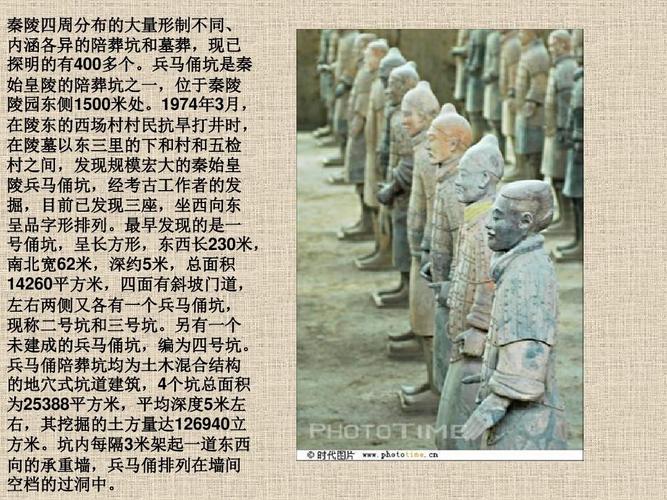
What Are the Terracotta Warriors Made Of?
The Terracotta Army is one of the most impressive archaeological discoveries of all time. Unearthed in 1974 by farmers digging a well, these clay soldiers have stood guard over the tomb of China's First Emperor, Qin Shi Huang, for over 2,000 years. But what are these magnificent figures made of, and how were they crafted with such incredible detail?
The Terracotta Army's Material: Clay from the Earth
The Terracotta Warriors are primarily constructed from a locally sourced, readily available material: clay. Specifically, they were fashioned using a type of earthenware clay found in the surrounding region near Xi'an, China. This clay, rich in minerals and sediment, provided the sculptors with a malleable medium to mold into intricate shapes.
A Variety of Textures: From Smooth Skin to Rough Armor
While the base material of the Terracotta Army is clay, the artisans didn't settle for a uniform texture. To mimic the appearance of a real army, they employed various techniques to achieve different textures:
-
Smooth Skin and Faces: The faces of the warriors are incredibly lifelike, showcasing a range of expressions. These faces were likely smoothed meticulously, potentially using tools like wooden implements and wet sponges, to achieve a polished finish.
-
Textured Hair and Beards: Many warriors sport detailed hairstyles and facial hair, including mustaches, beards, and sideburns. These features were given texture, likely using small tools to create grooves and lines in the clay, adding to the realism.
-
Rough Armor and Clothing: The armor and clothing of the warriors exhibit a more textured appearance. This was achieved by shaping the clay into individual plates and scales, which were then assembled and fired to create the finished pieces. The different parts of the armor and clothing would have required different techniques to represent materials like leather, fabric, and metal.
-
Detailed Accessories: The attention to detail extends to the warriors' accessories, including belts, pouches, and weapons. These were often crafted separately and then attached to the figures, adding further textural complexity.
The Firing Process: Transforming Clay into Durable Warriors
Once the clay sculptures were complete, they underwent a crucial transformation—firing. It is believed the warriors were fired in large, specially constructed kilns, possibly fueled by wood. The intense heat of the kilns, likely reaching temperatures of up to 1,800 degrees Fahrenheit, would have hardened the clay, transforming it into the durable ceramic material we see today. This firing process was essential for ensuring the longevity of the Terracotta Army.
The Terracotta Warriors: A Testament to Ancient Craftsmanship
The Terracotta Army is not only a historical marvel but also a testament to the incredible skill and artistry of the ancient Chinese craftspeople. By manipulating simple clay into such lifelike figures with varied textures, they created a truly awe-inspiring spectacle that continues to captivate the world today.
Q&A
1. Why are the Terracotta Warriors different colors now?
The warriors were originally painted in bright pigments, but much of the color has faded or flaked off over the centuries due to exposure to the elements.
2. Were all of the Terracotta Warriors made with the same type of clay?
While the clay originated from the same region, there might have been subtle variations in the composition of the clay used, depending on the specific location from which it was sourced.
3. Are the weapons held by the Terracotta Warriors real?
Yes, many of the warriors were originally equipped with real weapons made of bronze and other materials. These weapons provide valuable insights into the military technology of ancient China.